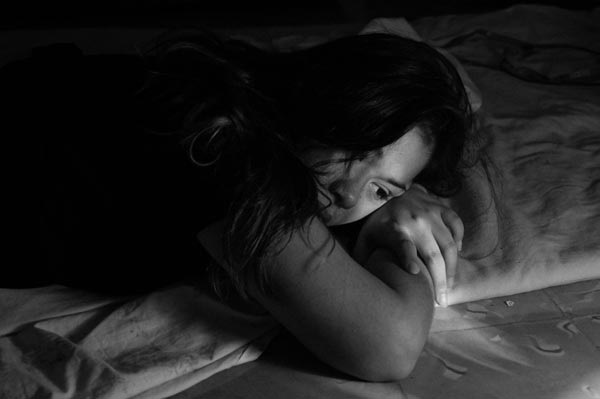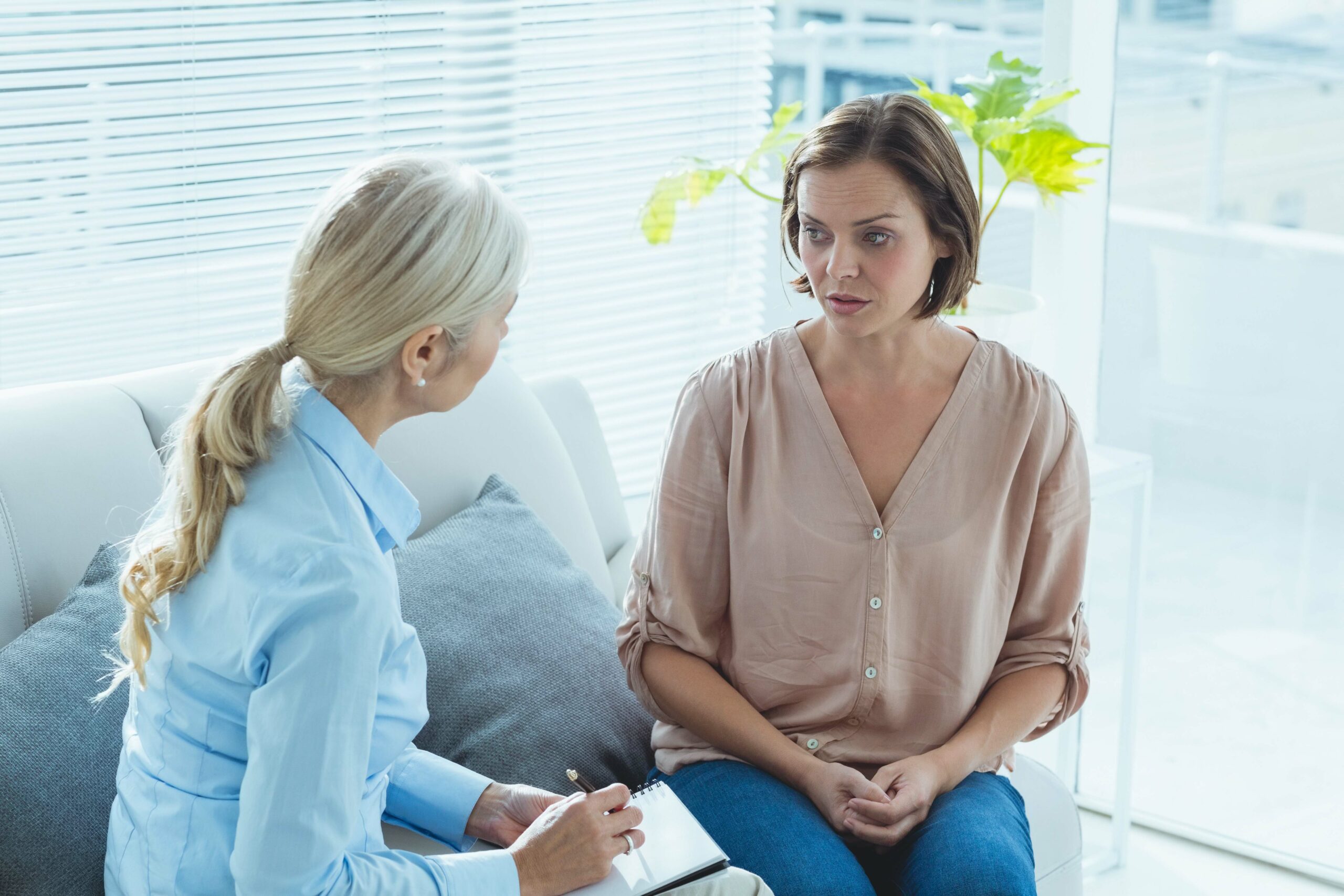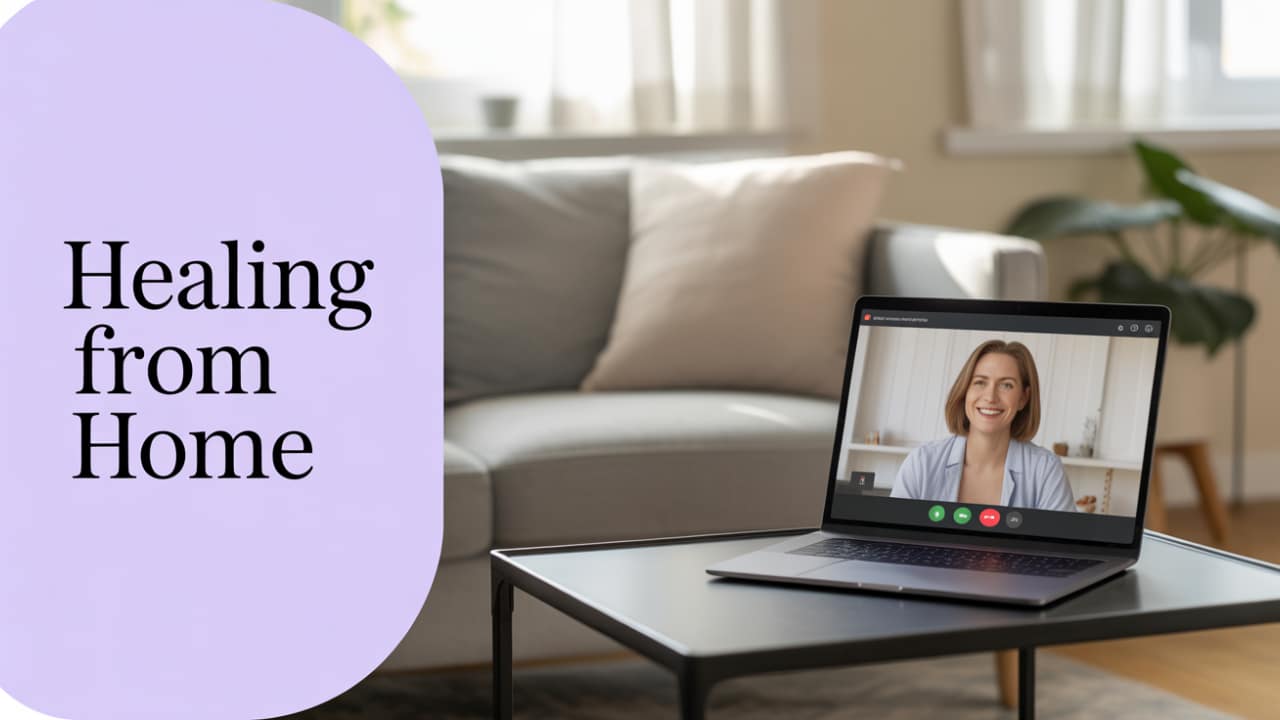Today, about 2% of the total U.S. population struggles with agoraphobia. The mental health disorder, which is characterized by fear of leaving one’s home, avoidance of places and situations, and avoidance of areas in which it may be difficult to leave (e.g., parties). That disorder, which may start out as an inconvenience, may become mentally and even physically debilitating. Even as a mild disorder, agoraphobia introduces unwanted and unnecessary anxiety and stress into your life. For many of us, the Covid19 Pandemic, which resulted in lockdown, social distancing, and isolation, has triggered increases in anxiety and agoraphobia. That’s true for those of us with existing diagnoses, and for those of us with new symptoms.
Eventually, if you or a loved one is experiencing anxiety about leaving the home, about being stuck somewhere, or that you’ll have a panic attack if you are out – it’s important to get treatment. Even if you don’t receive a diagnosis of anxiety or agoraphobia, those symptoms of anxiety are treatable. Cognitive behavioral therapy and counseling can help you to assess the underlying patterns causing panic and anxiety, so you can overcome them, and leave your home with confidence and enjoyment.
What is Agoraphobia?
Agoraphobia is a type of anxiety disorder in which the affected person feels physical panic or anxiety at the thought or action of leaving the home, being in open spaces, being in enclosed spaces (elevator, public transport, crowds, small stores), or being outside alone. It can also result in symptoms like:
- Anxiety
- Intrusive thoughts
- Panic
- Panic attacks (feelings that you are going to die/physical anxiety)
- Physical anxiety such as breathing difficulty, tightness in the chest, nausea, sweating, difficulty thinking straight
This anxiety disorder is divided into two primary DSM-V diagnoses.
Primary Agoraphobia – Agoraphobia without history of panic disorder is the primary diagnosis of agoraphobia, in which you do not meet the full criteria for panic disorder. Here, you only experience panic and anxiety in very specific situations, such as when leaving the home, when boarding public transportation, etc.
Panic Disorder – Panic disorder is a broader diagnosis and is handed out when symptoms of panic or anxiety occur in other situations. The eventual effect may be the same, including panic on leaving the home or on entering large crowds, but will also occur in other instances. For example, you can experience panic disorder at home, when driving, and for reasons that are considerably different than what might trigger agoraphobia. So, agoraphobia is a panic disorder, but a specific one.
Get your question answered now.

The Covid19 Pandemic and Agoraphobia
In 2020, millions of people stayed home, often for months at a time, and sometimes with little to no contact with others outside of social media. It should be obvious to most that this kind of social and physical isolation, even if you live with family members, can cause mental health problems. Agoraphobia is the first and most likely of those – as your brain becomes unaccustomed to crowds, small spaces, and even leaving the home. That’s made even worse by the specter of fear created by the pandemic and the very real likelihood of catching a dangerous illness or spreading it to your family and loved ones. It’s important for most of to understand that that process alone is traumatic. When you add staying home and avoiding people, as well as potentially total isolation, it becomes significantly worse.
This phenomenon, which frequently manifests as agoraphobia, is also called post-pandemic anxiety, and pandemic anxiety. It also increasingly affects young adults, with those under 30 most prone to ill effects. That’s natural, considering most older people are more accustomed to living alone and spending time alone, less likely to rely on social interaction and friends, and less likely to go out to locations which were likely shut down by the pandemic anyway. A Pew Research poll found that 35% of adults under 30 experience high to medium levels of distress and anxiety “all the time” but especially on leaving the house, engaging in social activities, being around large groups, and being unable to leave and go home.
A survey by the American Psychological Journal shows that the impacts of this are extremely widespread. Not only are people experiencing agoraphobia and difficulty leaving the home, but they’re also more likely to be diagnosed with anxiety, depression, and general panic disorder as well.
What are the Signs & Symptoms of Pandemic Agoraphobia?
If you or a loved one is struggling with pandemic agoraphobia, it’s likely very noticeable. In most cases, you can expect or rely on initial early-stage anxiety when leaving the home after a lockdown. It’s completely normal to feel on edge the first few times you leave your home. It’s also completely normal to feel overwhelmed by large crowds of people, to want to go home, to be afraid of catching Covid19 and spreading it to your family and friends. This sort of early-stage anxiety is unavoidable for many people, and it doesn’t mean you have a problem – although you may still benefit from counseling and therapy.
So, when does it become a problem? In most cases, agoraphobia becomes a diagnosis when it is persistent, normally over the course of at least 6-12 weeks. Those symptoms might look like:
- Strong fear when leaving the home
- Fear of small or enclosed spaces
- Irrational fear of infection or spreading infection
- Panic
- Feelings of choking
- Hyperventilation or difficulty breathing
- Excessive sweating
- Upset stomach, diarrhea, nausea, or vomiting
- Fear of dying on doing normal activities
- Fear of losing control in normal activities
- Feeling numb or tingling
In some of these cases, you might want a doctor’s analysis to determine that you don’t have a physical health condition. For example, if you have Chron’s disease or irritable bowel syndrome, it can mimic many of these symptoms. However, you’d almost always have problems after eating or drinking and not out of the blue when leaving your home or thinking about doing so. However, even when symptoms are location specific, you should always get a diagnosis and an examination from a doctor.
Getting Help

Agoraphobia is a normal reaction to being locked up inside for months at a time. It’s also a normal reaction to trauma. Over the last nearly two years, most of us have experienced both. If you’re having trouble, it’s normal. And, most importantly, you can get help. Agoraphobia is a mental health disorder, and it can be treated using behavioral therapy like CBT and DBT. These therapies help you to identify underlying problems, to tackle the symptoms, to create coping mechanisms, and to move towards a full recovery. That’s true whether you have situational agoraphobia that will go away with exposure and more interaction or if longer term panic disorder or anxiety are the culprit.
If you or a loved one is struggling, help is there. And, it can help you to get back to normal. If you need help with mental health treatment, Compassion Recovery Center is here to help. Contact us to ask about our mental health programs and how we can support your specific requirements as you move into treatment.










